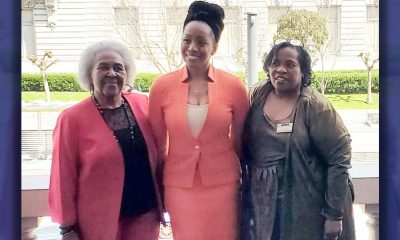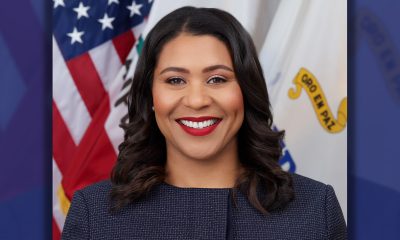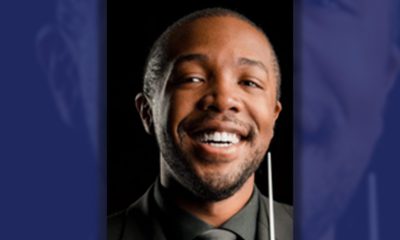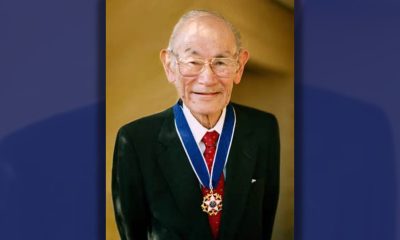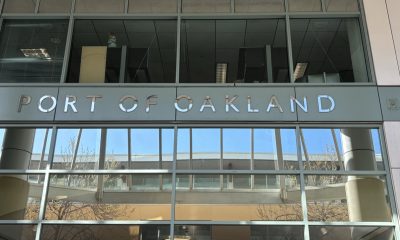Activism
The Rise East Project: Part 1 of 8 – Genesis of Oakland’s Black Cultural Zone and Rise East
The mission of the Black Panthers 10-point program, envisioned in 1966, germinated in 2000 at the first annual Malcolm Jazz Festival in San Antonio Park, hosted by Eastside Arts Alliance, a collective of multi-racial artists who, like Malcolm X, utilized the public platform to address racial inequities and organize a credible institution to create solutions.

Rise East is a $100 million privately funded initiative that will rebuild Black neighborhoods in a 40 x 40 block area of East Oakland over 10 years. Project partners are Oakland Thrives, The 40 x 40 Council and Blue Meridian Partners.
By Tanya Dennis
The mission of the Black Panthers 10-point program, envisioned in 1966, germinated in 2000 at the first annual Malcolm Jazz Festival in San Antonio Park, hosted by Eastside Arts Alliance, a collective of multi-racial artists who, like Malcolm X, utilized the public platform to address racial inequities and organize a credible institution to create solutions.
Elena Serrano, an Eastside collective member who serves as its executive director says, “The Black Panthers captured hearts and minds through authentic guerrilla theater, inspiring people by how they presented themselves, dressing the same, on the same message making people believe they could create a society that benefited them.”
For nearly 30 years, Eastside Arts Alliance (EAA) has held down that Black Panther culture at 2277 International Blvd. and recently celebrated its 24th annual Malcolm X Festival.
“We created a Black arts movement in a neighborhood that is Black, Asian and Latinx, a movement where artists’ work and organizers come together to build power,” Serrano says. “We work with teenagers that want to be hip-hop stars, poets, and writers so they address power-building strategies in their music and words.”
The Black Cultural Zone, a strategic partner in the $10 million Rise East initiative credits their genesis to Eastside Arts Alliance. Rise East is a 10-year, privately funded initiative to help Black families thrive in a 40-square-block area of East Oakland.
“We connected to the Black Cultural Zone six or seven years ago when the Bus Rapid Transit (BRT) project was planned for International Boulevard, a project to improve rapid transit,” Serrano says. “BRT publicity was showing beautiful neighborhoods that didn’t even have Black folks in the picture. A concerned group, OSNI (Oakland Sustainable Neighborhood Initiative), pushed back saying they would love development, but development without displacement.”
EAA later joined that fight, urging that people need to have power over policy and jobs. “We put forth the neighborhood concept of cultural centers and space where neighborhoods come together to build power and decide how they can use their power with a cultural space where they can dream and plan, and that’s how the cultural zone got started.”
Carolyn Johnson, director of the Black Cultural Zone, was working for the Northern California Community Fund as a lender during the dot-com boom in San Francisco and Silicon Valley the late 1990s. Awash in venture capital, high-salaried workers were looking for places to live.
Able to afford more in a competitive market, dot-commers’ need for housing drove up rent prices and home prices in the East Bay. Johnson observed the impact of that boom with people coming over to Oakland to buy up property, setting off gentrification that would result in Black people displacement.
When BRT was approved in 2008, Johnson, aware of the history of infrastructure projects that gentrify and displace Black people, bought a building on a commercial corridor, acknowledging the need for a Black Cultural Zone in Oakland.
From 2010 thru 2014, Roots, another Rise East member, talked to the Black Cultural Zone about purchasing the Safeway building located at 5701 International Blvd. (East 14th Street at the time), with the intent to develop a large campus, ROOTS Community Health Center, as a part of the collaborative’s 40 blocks by 40 blocks project, a geographical area they wanted to focus on.
The building purchase did not pan out, but the beginning of a coalition that brought Allen Temple Baptist Church, the East Oakland Collective, Just Cities, East Oakland Building Healthy Communities into the mix to develop the 10-year program that started in 2013.
The California Endowment funded many of the organizations in the collaborative from 2014-16, driven by the need to help the collaborative secure real estate, address Black health and wellness, provide quality education, Black arts and culture, establish economic place-keeping, build a strong Black economy, and increase the quality of life for Black folks.
“Our initiative came to national attention while we were calling on local private funders to make strategic investments in the 40 by 40 project, an investment to restore the community that Blacks were redlined into for 40 years,” Johnson says. “Generally, the way that capital is being distributed, what we’re hearing is that it’s time for us to leave, and we’re saying no! We’re appreciative that Rise East will help catalyze our determination to stay deeply rooted in Oakland.”
Activism
Oakland Post: Week of April 24 – 30, 2024
The printed Weekly Edition of the Oakland Post: Week of April 24 – 30, 2024
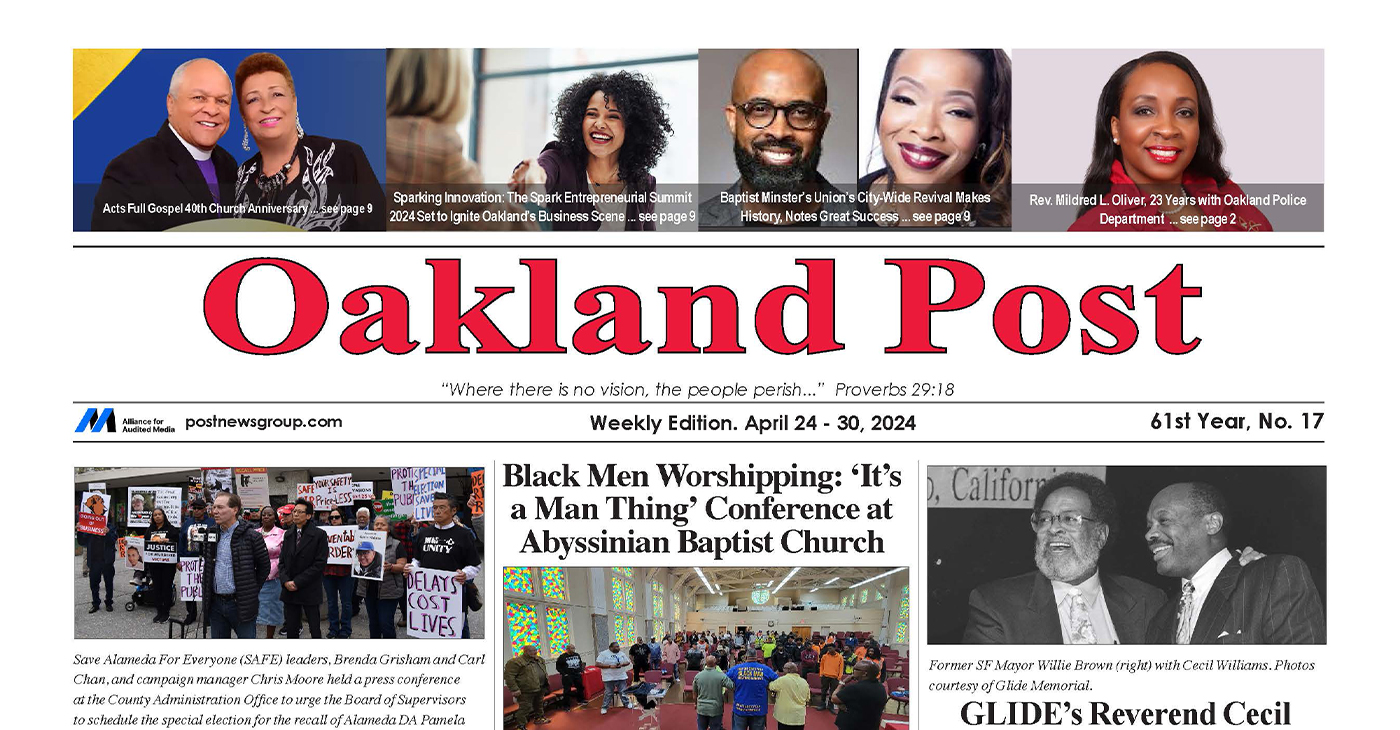
To enlarge your view of this issue, use the slider, magnifying glass icon or full page icon in the lower right corner of the browser window. ![]()
Activism
Oakland Post: Week of April 17 – 23, 2024
The printed Weekly Edition of the Oakland Post: Week of April 17 – 23, 2024

To enlarge your view of this issue, use the slider, magnifying glass icon or full page icon in the lower right corner of the browser window. ![]()
Activism
Oakland Schools Honor Fred Korematsu Day of Civil Liberties
Every Jan. 30, OUSD commemorates the legacy of Fred Korematsu, an Oakland native, a Castlemont High School graduate, and a national symbol of resistance, resilience, and justice. His defiant stand against racial injustice and his unwavering commitment to civil rights continue to inspire the local community and the nation. Tuesday was “Fred Korematsu Day of Civil Liberties and the Constitution” in the state of California and a growing number of states across the country.
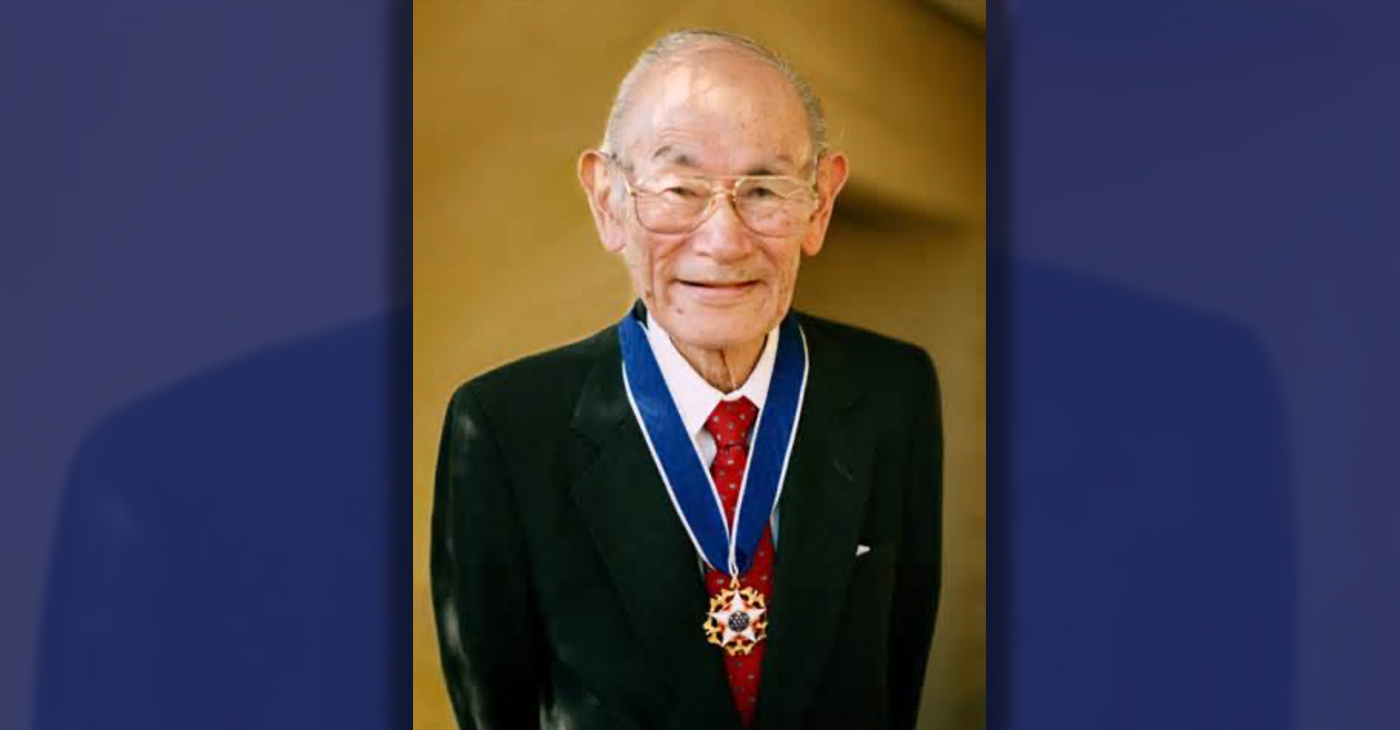
By Post Staff
Every Jan. 30, OUSD commemorates the legacy of Fred Korematsu, an Oakland native, a Castlemont High School graduate, and a national symbol of resistance, resilience, and justice.
His defiant stand against racial injustice and his unwavering commitment to civil rights continue to inspire the local community and the nation. Tuesday was “Fred Korematsu Day of Civil Liberties and the Constitution” in the state of California and a growing number of states across the country.
One OUSD school is named in his honor: Fred T. Korematsu Discovery Academy (KDA) elementary in East Oakland.
Several years ago, founding KDA Principal Charles Wilson, in a video interview with anti-hate organization “Not In Our Town,” said, “We chose the name Fred Korematsu because we really felt like the attributes that he showed in his work are things that the children need to learn … that common people can stand up and make differences in a large number of people’s lives.”
Fred Korematsu was born in Oakland on Jan. 30, 1919. His parents ran a floral nursery business, and his upbringing in Oakland shaped his worldview. His belief in the importance of standing up for your rights and the rights of others, regardless of race or background, was the foundation for his activism against racial prejudice and for the rights of Japanese Americans during World War II.
At the start of the war, Korematsu was turned away from enlisting in the National Guard and the Coast Guard because of his race. He trained as a welder, working at the docks in Oakland, but was fired after the bombing of Pearl Harbor in 1941. Fear and prejudice led to federal Executive Order 9066, which forced more than 120,000 Japanese Americans out of their homes and neighborhoods and into remote internment camps.
The 23-year-old Korematsu resisted the order. He underwent cosmetic surgery and assumed a false identity, choosing freedom over unjust imprisonment. His later arrest and conviction sparked a legal battle that would challenge the foundation of civil liberties in America.
Korematsu’s fight culminated in the Supreme Court’s initial ruling against him in 1944. He spent years in a Utah internment camp with his family, followed by time living in Salt Lake City where he was dogged by racism.
In 1976, President Gerald Ford overturned Executive Order 9066. Seven years later, the 9th Circuit Court of Appeals in San Francisco vacated Korematsu’s conviction. He said in court, “I would like to see the government admit that they were wrong and do something about it so this will never happen again to any American citizen of any race, creed, or color.”
Korematsu’s dedication and determination established him as a national icon of civil rights and social justice. He advocated for justice with Rosa Parks. In 1998, President Bill Clinton gave him the Presidential Medal of Freedom saying, “In the long history of our country’s constant search for justice, some names of ordinary citizens stand for millions of souls … To that distinguished list, today we add the name of Fred Korematsu.”
After Sept. 11, 2001, Korematsu spoke out against hatred and discrimination, saying what happened to Japanese Americans should not happen to people of Middle Eastern descent.
Korematsu’s roots in Oakland and his education in OUSD are a source of great pride for the city, according to the school district. His most famous quote, which is on the Korematsu elementary school mural, is as relevant now as ever, “If you have the feeling that something is wrong, don’t be afraid to speak up.”
-

 Activism4 weeks ago
Activism4 weeks agoOakland Post: Week of March 27 – April 2, 2024
-

 #NNPA BlackPress4 weeks ago
#NNPA BlackPress4 weeks agoBeloved Actor and Activist Louis Cameron Gossett Jr. Dies at 87
-
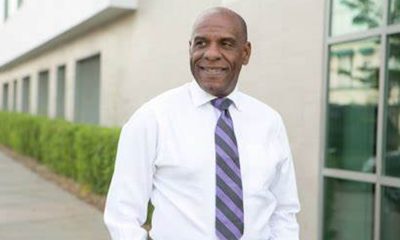
 Community1 week ago
Community1 week agoFinancial Assistance Bill for Descendants of Enslaved Persons to Help Them Purchase, Own, or Maintain a Home
-

 Activism3 weeks ago
Activism3 weeks agoOakland Post: Week of April 3 – 6, 2024
-

 Business1 week ago
Business1 week agoV.P. Kamala Harris: Americans With Criminal Records Will Soon Be Eligible for SBA Loans
-
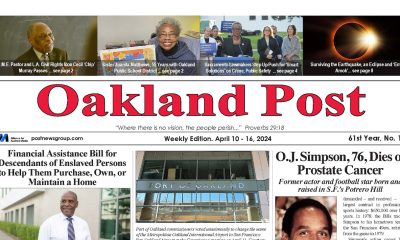
 Activism2 weeks ago
Activism2 weeks agoOakland Post: Week of April 10 – 16, 2024
-
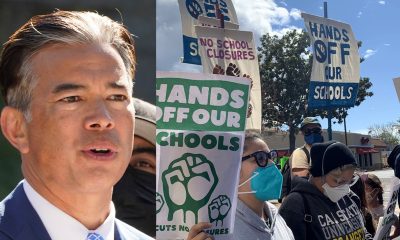
 Community1 week ago
Community1 week agoAG Bonta Says Oakland School Leaders Should Comply with State Laws to Avoid ‘Disparate Harm’ When Closing or Merging Schools
-
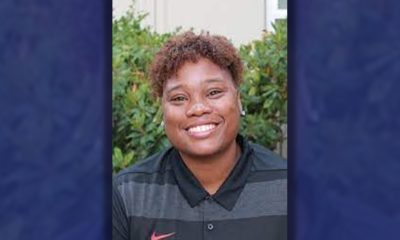
 Community6 days ago
Community6 days agoOakland WNBA Player to be Inducted Into Hall of Fame

